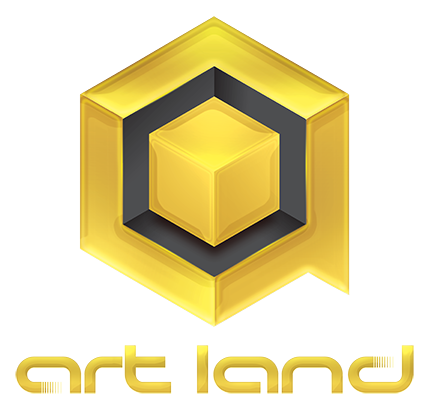Model stl/3D stl Model
You won’t surprise anyone by printing on a 3D printer, this process is already quite popular and has found the most diverse, conceivable and inconceivable applications.
Using a 3D printer, parts of spaceships, cars and other complex objects are printed, both small and the size of a house, or you can print an entire house.
The capabilities of a 3D printer for bulk printing require the preparation of a model on a design program. With the help of a computer layout, it becomes possible to edit the smallest details of the future sample as accurately as possible.
Why do you need a 3D printer, how to use it – connection with design Industrial enterprises have already begun to modernize their processes, replacing long-term manual production with lightweight and easy-to-manage printing. It is possible to print almost any medium-sized products made of plastic and even metal.
There are also materials that imitate stone, porcelain, wood, and other building materials.
The production cycle consists of the following steps:
project creation – for conveyor production it is enough to make a layout once;
translation of an STL file into a G code – many programs for preparing a 3D model for printing do this automatically;
the process of manufacturing the element itself – this happens automatically.
Then grinding and work with an already finished object is additionally possible.
There are several types of devices, they all work on a different principle. But most often the method of layer-by-layer deposition is used. Already from the name, it is clear that the material (in this case, the filament) is fused in layers, thinning and thickening if necessary.
The qualitative model provides:
– Reliability of the design. The part must withstand design loads, fulfill its functional purpose. Shaky, non-reliable structural elements must not be present.
– Durability. Apart, if it is not a lost-wax model for the production of foundry molds, it must be at least not disposable. Durability should be built into the design itself.
– Ease of use. The part should be not only reliable but also convenient to use for the end-user.
– Beautiful design. Today this is the most important criterion since reliability and convenience are a matter of course, but you can compete at their level, although the main competition today has already moved to the level of design.
We take all these principles into account when creating 3D models of new products. Extensive experience in modeling solid-state, surface, as well as polygonal models, allows implementing any design ideas, taking into account the principles of reliability, durability, and convenience.
We develop completely different 3D models for NC machines, laser machines and of course for 3D printers.
3D Modeling rules for 3D printing
What is the peculiarity of models for a 3D printer? Programs for printing use stl models for a 3D printer.
The surfaces of such models consist of triangles or XYZ coordinates of the three points of each triangle, so the model can be represented as text – text format. In binary format, such triangles are polygons.
It is known that a prerequisite for 3D printing is the presence of a 3D model, according to which the printer will shape a three-dimensional object. But, even having modeled the item, you should not assume with absolute certainty that the job is done, and soon the printer will give you the finished product.
The fact is that not all models are suitable for 3D printing. There are certain requirements for the size, thickness, and design of models – and these requirements vary depending on the material used and the printer.
In addition to these individual characteristics, there are general requirements that distinguish print models from other 3D models.
First of all, one needs to remember that for 3D printing, files of the STL format (for single-color models) and WRL (for color 3D printing from plaster) are suitable. Almost all programs for 3D-modeling allow to export models to STL, so this should not be a problem.
3D stl models can be developed directly in programs and editors for 3D printing. And it is possible to export CAD-format models created in various CAD-systems to stl format. All the most famous CAD systems have this ability and do it well.
What if, on the contrary, the stl model, for example, scanned using a 3D scanner, is converted to a CAD format, i.e. vector format.
A model that consisted of many triangles will consist of mathematical figures – cylinders, planes, radius fillets, etc. In this case, some small elements of the part may be lost.
The stl model is not suitable for NC machines, in most cases, solid-state models are used there, but for 3D printing, it fits perfectly.
Features of models for 3D printing
Like any other activity, 3D printing has a number of nuances that must be considered for success.
- It is necessary to take into account the wall thickness of the model since printing is limited by the size of the nozzle, i.e. with a nozzle of 0.5 mm, a wall-less than 0.5 cannot be printed.
- The hanging element requires its support, it is necessary to provide for this already at the stage of creating the model, and it is desirable to completely abandon such elements in the design.
- Large models are printed in parts, therefore, at the stage of creating models, it is necessary to provide for their more efficient separation into parts, and the provision of locks to give rigidity to the assembled joint.
These and many other factors must be considered when developing an stl model for 3D printing. It is possible to develop stl models of any complexity, taking into account both the features of 3D printing and the qualitative characteristics of a future product, namely reliability, durability, convenience and beauty.

Leave a Reply
Want to join the discussion?Feel free to contribute!